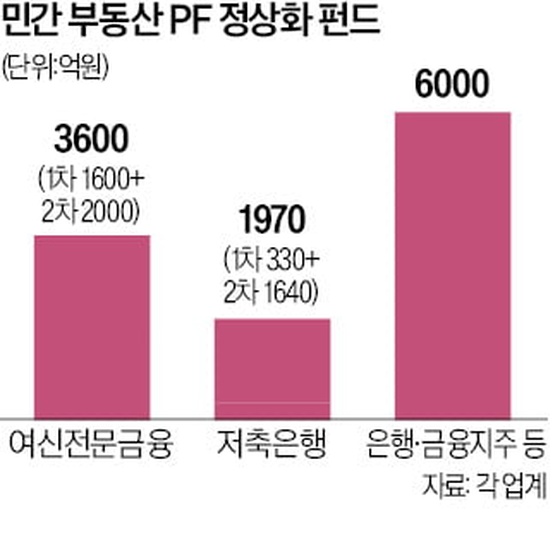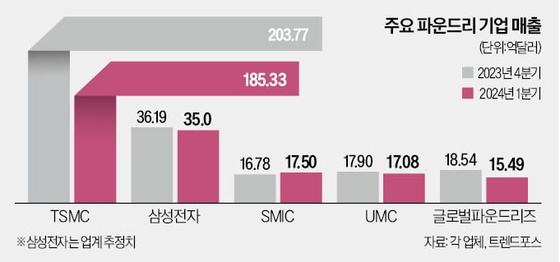"유가 60달러 돼야 미국 셰일생산 재개"

지난 2월 배럴당 20달러대로 떨어진 후 배럴당 50달러대까지 내달렸던 유가 상승세는 달러 강세로 멈췄다. 서부텍사스유(WTI)와 브렌트유 선물 가격은 배럴당 50달러 아래로 다시 내려갔다. 브렉시트는 원유 선물시장의 변동성을 키웠다. 원유 선물 변동성수치는 지난 2월 금융위기 직후 때 수준인 90% 이상으로 치솟았지다가 6월 초에는 20%까지 떨어졌는데, 브렉시트 결과가 나온 후 30% 수준으로 다시 상승했다.
그러나 시장은 이제 브렉시트 투표 결과를 소화했고, 다시 수요·공급 펀더멘털 문제로 돌아갔다. 나이지리아와 캐나다의 원유 생산차질 문제가 점진적으로 해소되고 있고 휘발유 재고가 여름 수요를 충분히 충족시킬 정도로 많기 때문에 시장은 단기적으로 중립이나 약세 쪽에 기울고 있다.
나이지리아 에서는 무장세력의 원유시설 공격이 정부와의 교섭을 통해 30일간 중단되면서 원유 생산량이 하루 190만배럴로 30만배럴 늘었다. 무장세력의 공격 전 하루 220만배럴보다는 적지만, 나이지리아 정부가 무장세력 문제를 해결할 수 있는 기회가 생긴 것으로 분석된다.
산불 문제로 생산에 차질이 빚어졌던 캐나다에서는 생산차질 규모가 5월 초 하루 151만배럴에서 지난달 중순 62만9000배럴까지 감소했다.
유가가 배럴당 50달러 수준까지 상승하면서 시장 관계자들은 미국의 셰일업계가 생산을 더 늘릴지에 촉각을 곤두세우고 있다. 미국 에너지정보청(EIA)에 따르면 6월24일 기준 미국 원유생산량은 하루 862만2000배럴로 6월초 대비 12만3000배럴 감소했다. 국제에너지기구(IEA)의 사다모리 게이스케 국장은 중장기적으로 미국 셰일업계가 생산을 재개하고 유지하려면 유가가 배럴당 60달러 이상이 돼야 한다고 플래츠에 밝혔다.
수요 측면에서 원유 시장은 여행 수요가 늘어나는 여름을 맞아 미국의 휘발유 데이터에 주목하고 있다. EIA에 따르면 6월 셋째주 사상 최대였던 휘발유 사용량(하루 981만5000배럴)은 넷째주(하루 971만4000배럴)에도 유지됐지만, 재고가 워낙 많이 쌓여 있어 충당 가능한 수준이었다. 그동안 급증한 세계 휘발유 재고는 잠재적으로 원유 선물 가격이 두드러지게 상승하지 못하도록 막는 요인이다.
그러나 전반적으로 세계 원유수요는 탄탄해 보인다. IEA는 6월 보고서에서 올해와 내년 세계 원유수요 전망치를 하루 130만배럴 더 높여잡았다. 올 하반기에는 수급 균형이 이뤄질 것이라는 전망도 유지했다. 특히 올 초 유가가 급격히 떨어지면서 수요가 더 자극됐다는 점을 언급했다.
공급 측면에서 지난 수개월간의 공급 차질 요인은 완화됐다. 수요 측면에서는 브렉시트가 세계 경제와 세계 원유수요 증가세를 어느 정도로 끌어내릴 지 지켜봐야 할 문제다.
음리간카 자이푸리야르 < S&P글로벌플래츠 아시아·중동 부국장 >
다음은 영어 기고 원문.
OIL INSIGHT WITH S&P GLOBAL PLATTS: As focus on fundamentals return, market looks neutral to bearish in near term
The UK's Brexit vote dominated oil market sentiment for most of June, not because of its direct impact on oil demand and supply but through its impact on the US dollar index and financial markets.
The UK economy plays a very small role in the global oil market, with the UK accounting for about 1% of global oil supply and 1.6% of demand.
A stronger dollar, however, makes oil imports more expensive for holders of other currencies and is generally seen as bearish for demand. The US Dollar Index hit a three-month high of 96.7 in the aftermath of the UK's decision to leave the EU.
A rally in crude futures that began in February stalled this month under the weight of a rising dollar, pushing prompt contracts for NYMEX crude and ICE Brent back below $50/b.
Brexit also raised the degree of volatility in the futures market. Realized volatility for front-month crude ticked higher in the run up to the Brexit vote, arresting a steady slide that began in February, when volatility hit highs not seen since early 2009.
Front-month NYMEX crude volatility hovered around 30%, up from less than 20% earlier this month, according to data supplier GlobalView. That figure was above 90% in February.
But the market has now digested the Brexit vote and focus is returning to supply-demand fundamentals.
With Nigerian and Canadian oil production gradually returning and gasoline stocks at levels sufficient to meet summer demand, the market is looking more neutral to bearish in the near term.
Oil production in Nigeria rose to 1.9 million b/d in late June, up 300,000 b/d from a month ago as a 30-day ceasefire agreement reached last month between the Nigerian government and militants targeting the country's oil infrastructure has provided hope for a longer truce.
The ceasefire is expected to provide President Muhammadu Buhari with the opportunity to reach a comprehensive plan to solve the problem of militancy in the Niger Delta.
Nigeria's crude output slid to 1.42 million b/d in May, the lowest level since January 1989, from 2.2 million b/d, according to S&P Global Platts OPEC survey data.
In Canada, some 880,000 b/d of the 1.51 million b/d of shut-in production due to the wildfire in early May was brought back online by mid-June, implying that the level of shut-ins currently stands at around 629,000 b/d.
On the supply side, what market observers are keenly watching for now is to see if US crude production ticks higher with crude prices having roughly doubled since February to around $50/b.
Latest data from the US Energy Information Administration showed that US crude oil production slipped by 55,000 b/d to 8.622 million b/d in the week ended June 24 from 8.677 million b/d in the previous week. Production has come off 123,000 b/d since early June.
According to Keisuke Sadamori, director of energy markets and security at the International Energy Agency, the rebound in crude futures to around $50/b led to an increase in rig counts but has not been sufficient to halt overall decline in US shale oil production.
In the mid- to long term, US shale production would need oil to be at more than $60/b to trigger an increase in production and sustain it, Sadamori told Platts recently.
On the demand side, the market is paying close attention to US gasoline data as the summer driving season gets underway.
Latest data from the EIA showed that gasoline supplied -- a proxy for implied demand -- remained at elevated levels, virtually flat at 9.714 million b/d on a four-week average in the week ended June 24. Product supplied reached an all-time record of 9.815 million b/d in the week ended June 17.
But this demand is being met with robust US gasoline production and high stocks. As US gasoline stocks have broken above the five-year average and global gasoline inventories have swelled, gasoline crack spreads have come under pressure, potentially capping significant upside in crude futures.
But overall global oil demand looks strong. The IEA in its June monthly report maintained a return to balance in world oil markets for the second half of the year, increasing its estimate of annual demand growth to 1.3 million b/d this year and next.
The agency increased its estimate of global growth this year, citing a stronger stimulus as a result of low oil prices than previously realized. Abandoning a projection of 1.2 million b/d growth that it had stuck to for seven months, it said statistical revisions showed demand in the first quarter had grown by 1.6 million b/d on the year, led by Asia.
So while on the supply side, the outages of the last few months appear to be easing out, on the demand side, it remains to be seen if Brexit will have wider implications on the global economy and global oil demand growth and exert downward pressure on oil prices.
Mriganka Jaipuriyar, Associate Editorial Director, Asia & Middle East Oil News & Analysis, S&P Global Platts
-
기사 스크랩
-
공유
-
프린트





![월가 '대장 개미' 트윗 한 줄에…밈 주식 동반 폭등 [글로벌마켓 A/S]](https://timg.hankyung.com/t/560x0/photo/202405/B20240514073731743.jpg)








![[신간] 교통지옥에 빠진 사람들…'왜 우리는 매일 거대도시로 향하는가'](https://timg.hankyung.com/t/560x0/photo/202405/ZK.36710518.3.jpg)